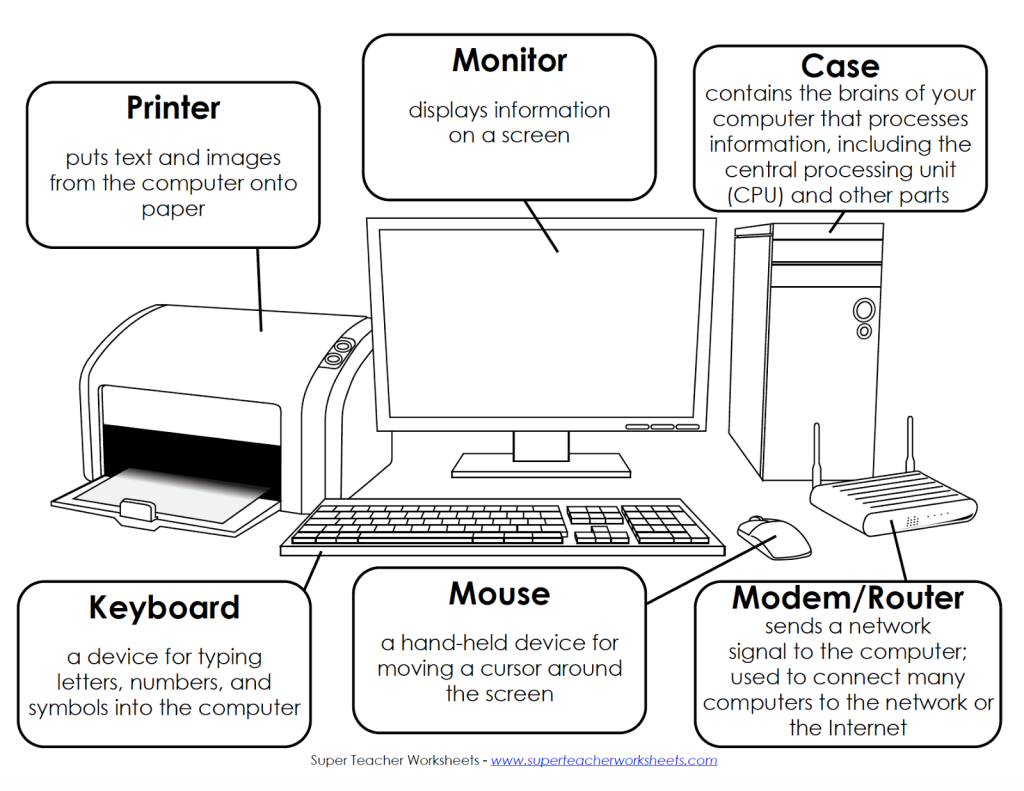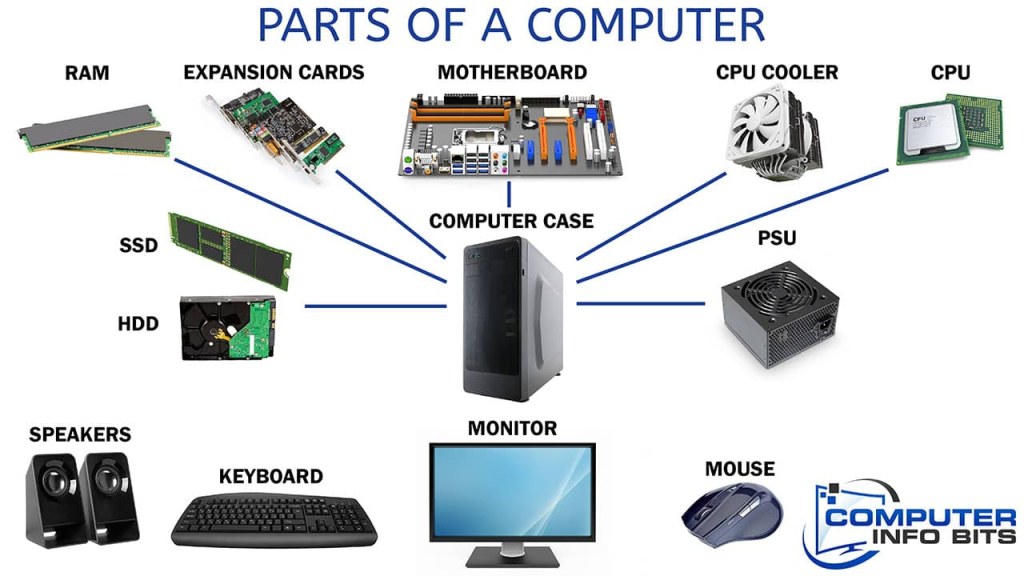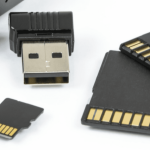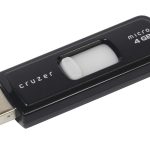The Ultimate Guide To Computer 3 Parts: Unveiling The Power Within!
Computer 3 Parts: Understanding the Basics of Computer Components
Introduction
Welcome, Readers! Today, we will delve into the fascinating world of computers and explore the three essential parts that make them function seamlessly. Whether you are a tech enthusiast or simply curious about how your computer works, this article will provide you with a comprehensive understanding of computer components. So, let’s embark on this enlightening journey together!
Before we dive into the technical details, let’s start with a brief overview. Computers consist of three primary parts: the central processing unit (CPU), the memory, and the storage. These components work in harmony to ensure the smooth operation of your computer, enabling you to perform various tasks efficiently.
3 Picture Gallery: The Ultimate Guide To Computer 3 Parts: Unveiling The Power Within!



What is the CPU? 🧠
The central processing unit, or CPU, is often referred to as the brain of the computer. It is responsible for executing instructions and performing calculations. Think of it as the conductor of the computer orchestra, coordinating all the operations and ensuring everything runs smoothly.
The CPU is composed of multiple cores, each capable of executing instructions simultaneously. This parallel processing capability allows the CPU to handle multiple tasks and deliver optimal performance. Advanced CPUs also have cache memory, which stores frequently accessed data, providing faster access and reducing the burden on the main memory.
CPU Architecture
Modern CPUs utilize either the complex instruction set computing (CISC) or the reduced instruction set computing (RISC) architecture. In CISC, a single instruction can perform complex operations, reducing the number of instructions required for a task. RISC, on the other hand, uses simpler instructions, enabling faster execution and more efficient processing.
What is Memory? 🧮

Image Source: wikimedia.org
Memory is an integral part of every computer system, serving as a temporary storage space for data that the CPU actively uses. It provides quick access to instructions and data required for ongoing tasks, ensuring smooth multitasking capabilities.
The two main types of memory are random access memory (RAM) and read-only memory (ROM). RAM is volatile, meaning it requires power to retain data. It acts as a temporary workspace for the CPU, allowing it to quickly access and manipulate data. In contrast, ROM stores permanent instructions and data that do not change, such as the computer’s firmware.
Types of RAM
There are various types of RAM, including dynamic random access memory (DRAM), static random access memory (SRAM), and synchronous dynamic random access memory (SDRAM). Each type offers different characteristics in terms of speed, capacity, and cost, catering to various computing requirements.
What is Storage? 💾
Storage is where your computer stores data permanently. It allows you to save files, install software, and keep your important documents safe. Unlike memory, which is volatile, storage retains data even when the computer is turned off.
The most common type of storage in modern computers is the hard disk drive (HDD) or solid-state drive (SSD). HDDs use magnetic platters and read/write heads to store and retrieve data, while SSDs utilize flash memory for faster and more reliable performance.
Advantages and Disadvantages of HDD and SSD

Image Source: blogspot.com
Choosing between HDD and SSD depends on your specific needs. HDDs offer larger storage capacities at a lower cost per gigabyte, making them suitable for storing large files and media libraries. On the other hand, SSDs provide faster data access, lower power consumption, and enhanced durability, making them ideal for improving overall system performance and responsiveness.
FAQs
1. Can I upgrade my CPU?
Yes, it is possible to upgrade your CPU. However, compatibility with your motherboard and other components must be considered. It is recommended to consult the manufacturer’s specifications and seek professional assistance if needed.
2. How much RAM do I need?
The amount of RAM you need depends on the tasks you perform. For basic computer usage, 8GB to 16GB is usually sufficient. However, if you engage in resource-intensive activities like video editing or gaming, opting for 32GB or more may be beneficial.
3. What is the lifespan of an SSD?

Image Source: computerinfobits.com
SSDs have a limited number of write cycles, but modern SSDs can last for several years under normal usage. The lifespan varies depending on factors such as the drive’s quality, capacity, and usage patterns.
4. Can I use both an HDD and an SSD in my computer?
Absolutely! Many users opt for a combination of an HDD and an SSD. You can use the SSD as the primary drive for your operating system and frequently accessed applications, while the HDD can serve as a secondary drive for storing files and less frequently used programs.
5. How do I ensure my computer remains cool?
Proper cooling is essential for maintaining optimal performance and prolonging the lifespan of your components. Ensure your computer has adequate airflow, clean the dust regularly, and consider additional cooling solutions such as fans or liquid cooling systems if necessary.
Conclusion: Unleash Your Computer’s Potential
Friends, now that you have gained a comprehensive understanding of the three parts that make up a computer, you are equipped to make informed decisions when it comes to upgrading or purchasing a new system. Remember, the CPU, memory, and storage work together harmoniously to deliver a seamless computing experience.
Whether you are a casual user, a creative professional, or a gaming enthusiast, optimizing your computer’s components can unlock its full potential. So, don’t hesitate to explore and experiment with different hardware configurations to achieve the performance you desire. May you embark on an exciting journey of discovery and productivity with your computer!
Final Remarks
In this article, we have covered the fundamental aspects of computer components, shedding light on the CPU, memory, and storage. Understanding these crucial parts will empower you to make informed decisions and troubleshoot issues that may arise with your computer. Remember to stay updated with the latest advancements in technology, as the world of computers continues to evolve rapidly. Happy computing!
This post topic: Computer Hardware


